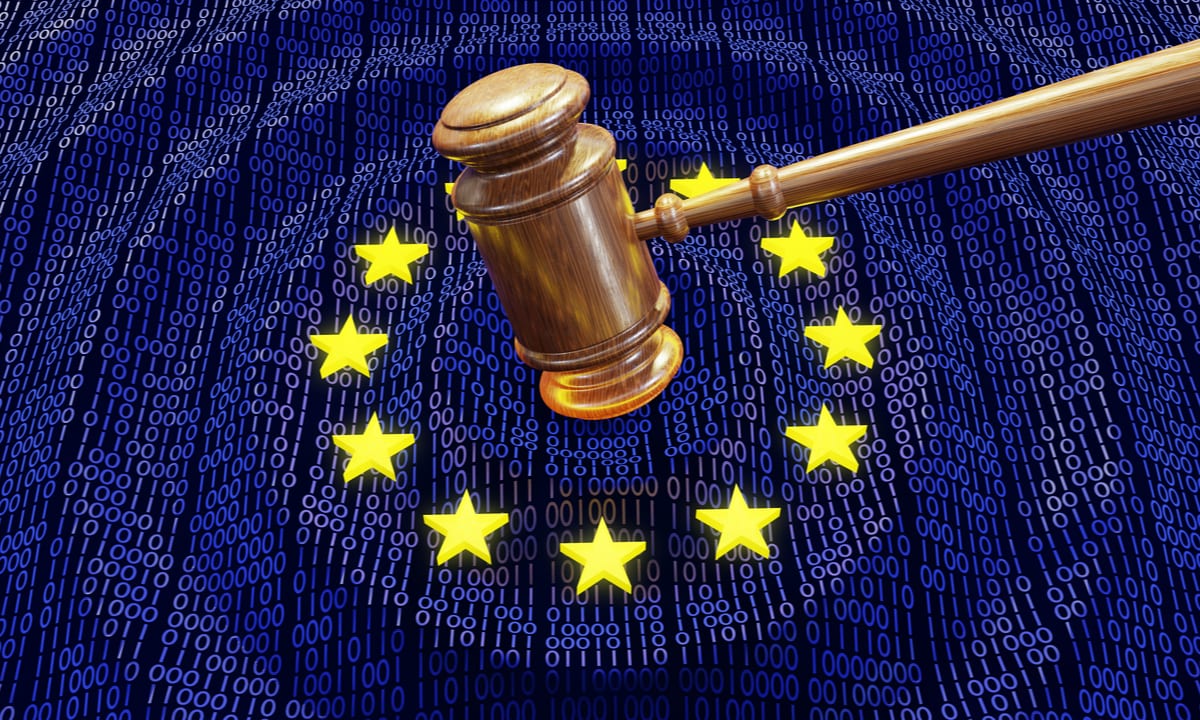Key Takeaways from the Servier Saga: Object, (Pro and Anticompetitive) Effects and Counterfactual (I)

By: Pablo Ibañez Colomo (Chilling Competition)
The Court of Justice delivered its judgments in the Servier saga, specifically in Cases C-176/19 P and C-151/19 P. These rulings are set to become essential references for discussions on the notion of restriction of competition. They confirm certain trends in case law, refine various aspects, and provide a clear analytical framework.
First, the core test to determine whether an agreement restricts competition by object remains unchanged from the Generics case. Accordingly, it is necessary for an authority or claimant to identify the explanation for, or rationale behind, the practice (that is, its object).
In the specific context of the Servier saga, the analysis focused on whether the transfers of value had any explanation other than preventing competition on the merits among manufacturers of medicinal products (see para 104 of Case C-176/19 P).
Second, an infringement within the meaning of Article 101(1) TFEU, whether by object or effect, can only be established if there is competition to restrict in the first place. Thus, there would be no collusive market sharing where the regulatory context makes competition between the undertakings impossible (where, in other words, they are not actual or potential competitors).
The analytical framework in Servier is important in two respects. In the first place, the question of whether there is competition to restrict in the first place is presented by the Court as an integral aspect of the evaluation of the object of a practice (it is identified as the first stage of the analysis; see paras 99-100 of Case C-176/19 P).
In the second place, it is now clear that, where there is no (inter-brand or intra-brand) competition to restrict, the agreement cannot be inherently anticompetitive.
My only comment in this regard is that the careful analytical framework laid down by the Court suggests that there is an additional stage. Before going into whether there is actual or potential competition, the ruling identifies, as a preliminary stage, the ‘candidate object’ of the practice (that is, the reason why the agreement may have, as its object, the restriction of competition).
In the Servier saga, the ‘candidate object’ was collusive market sharing. The analysis that followed aimed at establishing whether the suspicion of a ‘by object’ infringement via collusion was supported by the evidence…
Featured News
Big Tech Braces for Potential Changes Under a Second Trump Presidency
Nov 6, 2024 by
CPI
Trump’s Potential Shift in US Antitrust Policy Raises Questions for Big Tech and Mergers
Nov 6, 2024 by
CPI
EU Set to Fine Apple in First Major Enforcement of Digital Markets Act
Nov 5, 2024 by
CPI
Six Indicted in Federal Bid-Rigging Schemes Involving Government IT Contracts
Nov 5, 2024 by
CPI
Ireland Secures First €3 Billion Apple Tax Payment, Boosting Exchequer Funds
Nov 5, 2024 by
CPI
Antitrust Mix by CPI
Antitrust Chronicle® – Remedies Revisited
Oct 30, 2024 by
CPI
Fixing the Fix: Updating Policy on Merger Remedies
Oct 30, 2024 by
CPI
Methodology Matters: The 2017 FTC Remedies Study
Oct 30, 2024 by
CPI
U.S. v. AT&T: Five Lessons for Vertical Merger Enforcement
Oct 30, 2024 by
CPI
The Search for Antitrust Remedies in Tech Leads Beyond Antitrust
Oct 30, 2024 by
CPI